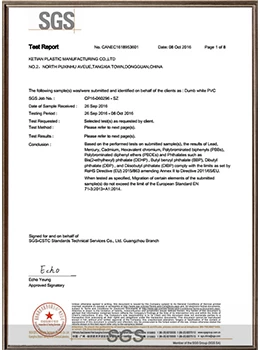Do You Know IoT Identification Technology: What Are The Differences Between RFID And NFC?
NFC
Near Field Communication (NFC). NFC is a very common communication interface for mobile phones. Smart devices can exchange data by approaching each other. The NFC device can also communicate with a passive NFC tag. This communication method is the same as RFID. In addition to the communication protocol, the NFC standard also specifies the data exchange format. Incorporating inductive card readers, inductive cards and point-to-point functions on a single NFC chip enables identification and data exchange with compatible devices within a short distance.

RFID
Non-contact radio frequency identification (RFID) is essentially a wireless communication technology, and also transmits data through wireless electromagnetic waves. However, unlike general communication technology, its purpose is not to make phone calls or send text messages. RFID is mainly used to identify and track the tags bound to objects, so as to realize the management of objects.

The Difference Between NFC And RFID
1.Working frequency
NFC can be understood as a subset of RFID technology, using the 13.56MHz frequency band, and RFID also includes other frequency bands.
There are many working frequency bands for RFID, 125KHz in the low frequency band, 13.56MHz in the high frequency band, 433.92MHz and 915MHz in the ultra high frequency band, and 2.45GHz in the microwave frequency band.
2.Communication distance
NFC is called near field communication, and the communication distance is really very close, no more than 0.1m.
There are many types of RFID, and the identifiable distance is also different. Like RFID access cards, the recognition distance is almost the same as NFC. However, for an application scenario such as ETC, a long recognition distance is required. The identification distance of long-distance RFID can reach tens of meters or even hundreds of meters.
3.Application scenario
Whether RFID is active or passive, its main work is still used to identify objects. Logistics, transportation, and storage all use RFID technology to track goods.
The NFC chip is more integrated, including a card reader and a tag. In addition, NFC's two-way communication capabilities have been enhanced. In other words, NFC can not only be used as a tag for identification, but also as a two-way communication method for data exchange. At present, NFC is most commonly used in the payment field.









